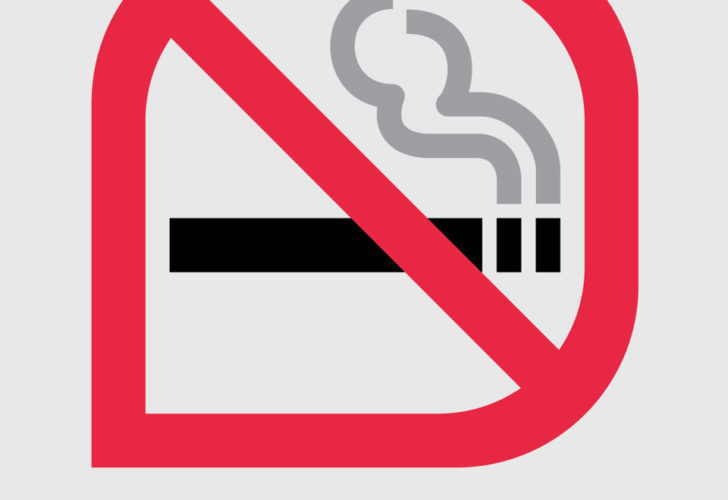Why Your Company Should Follow CVS’s Lead by Going Tobacco-Free
By The Bailey Group Marketing
Published February 6, 2014

You should have seen the internal emails flying around our office after CVS announced Wednesday that it will stop selling tobacco products at its 7,600 locations across the United States by Oct.1.
“I wish more companies would make bold moves like this instead of doing things just for the sake of making money!” one of our associates said. It’s an extremely bold move as CVS expects to lose about $2 billion in annual revenue generated by tobacco sales.
No ifs, ands, or buts (no pun intended) – this move took guts.
“As a leader of the health care community focused on improving health outcomes, we are pledging to help millions of Americans quit smoking,” CVS President and CEO Larry Merlo said in a press release on their website. “In addition to removing cigarettes and tobacco products for sale, we will undertake a robust national smoking cessation program.”
Dang! Not only is CVS putting the kibosh on tobacco sales, but they’re going to create a national cessation program to help their customers quit smoking. We seriously love you, CVS.
I’m glad that the topic of tobacco cessation has been brought back to the forefront because this is something that can really make a big difference in a lot of companies.
Here are just a few reasons why your company should follow CVS’s lead and make your workplace tobacco-free.
Your Employees Want to Quit! They Just Need Help Doing It
The CDC says that approximately 69% of smokers want to quit completely; they just don’t always have the proper support to do so.
“Attempting cessation alone results in only a 7.9% success rate” Civic Communications co-owner Brian Cody said in a webinar we held recently in conjunction with Tobacco Free St. Johns. According to Cody, smokers trying to quit have a 35% success rate when combining a number of different methods of cessation. “For something that’s amazingly addictive, to be able to offer services to employees and have them have a 35% success rate is absolutely phenomenal.”
Here are some simple ways that employers can help their employees quit tobacco for good:
- Form a support group where individuals can come to meet others who are also determined to quit. Employees can encourage each other, talk about challenges and celebrate their successes.
- Post tobacco-cessation resources in your break / lunch room. There are organizations within your community that offer cessation support, and oftentimes there is no cost associated with these services. That way if they want to quit, they’re aware of some ways they can start. After all, starting something is always the hardest part.
- Make your campus a smoke-free campus. If your company is truly all-in with the decision to help your employees quit smoking, this step is a must.
It’s Costing You Money and Time
Take a look at these numbers that show the extra cost smoking employees add to your bottom line (according to Civic Communications):
- $1,623 per smoking employee in medical expenses
- $1,760 per smoking employee in lost productivity
That’s a total cost of $3,391 per smoking employee per year! “We’ve worked with a lot of organizations across Florida and we’ve seen that number (cost per smoking employee) come up again and again” Cody said.
On average, health care expenses and lost productivity due to smoking cigarettes cost the US $193 billion each year.
If that’s not enough incentive for you to help your employees quit smoking, I don’t know what else to tell you.
The Investment Is Small
In terms of both time and money, the investment to help your employees quit using tobacco is small. Especially when you compare the major financial burden that tobacco use already places on your business.
There are a crazy amount of resources available for your business to use to help get a tobacco-cessation program off the ground.
- Start by reaching out to your local tobacco-cessation partnership or group. Tobacco-Free St. Johns has been an incredible FREE resource to us locally and I’m sure that your community has something similar.
- The CDC is a hub of great information, which includes a directory of state and community resources you can reach out to for help.
- Watch our webinar (from Nov. 2013) on the benefits of a tobacco-free workplace below. It should give you a lot of great ideas to get your program going.
Has your workplace already gone tobacco-free? What results have you seen within your own company? Any suggestions for those just starting out? Leave a comment below!




